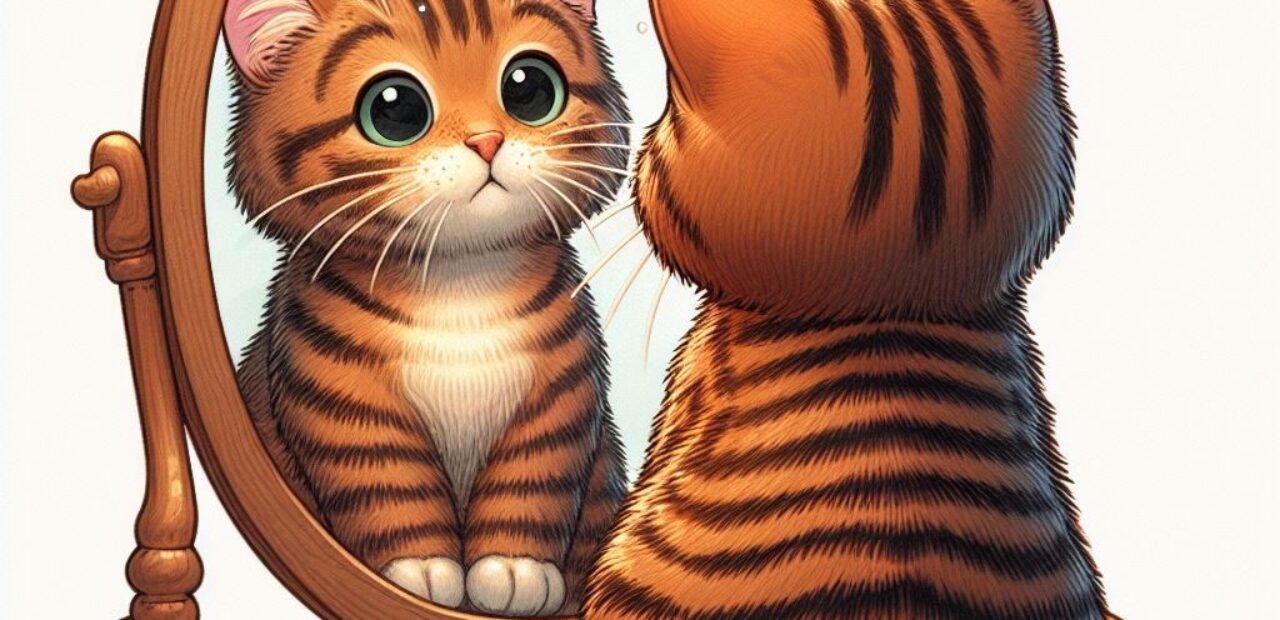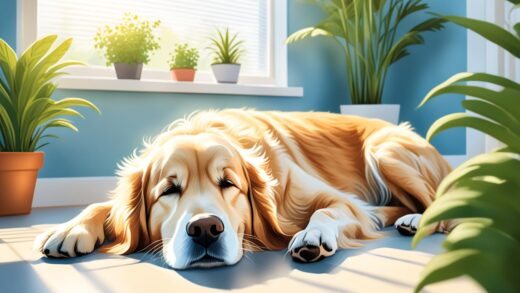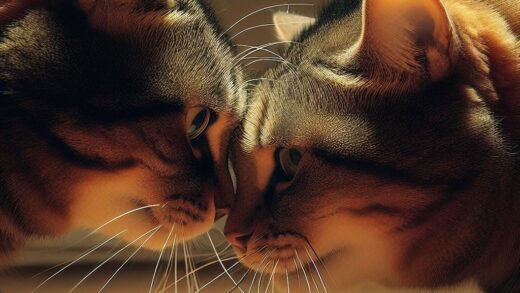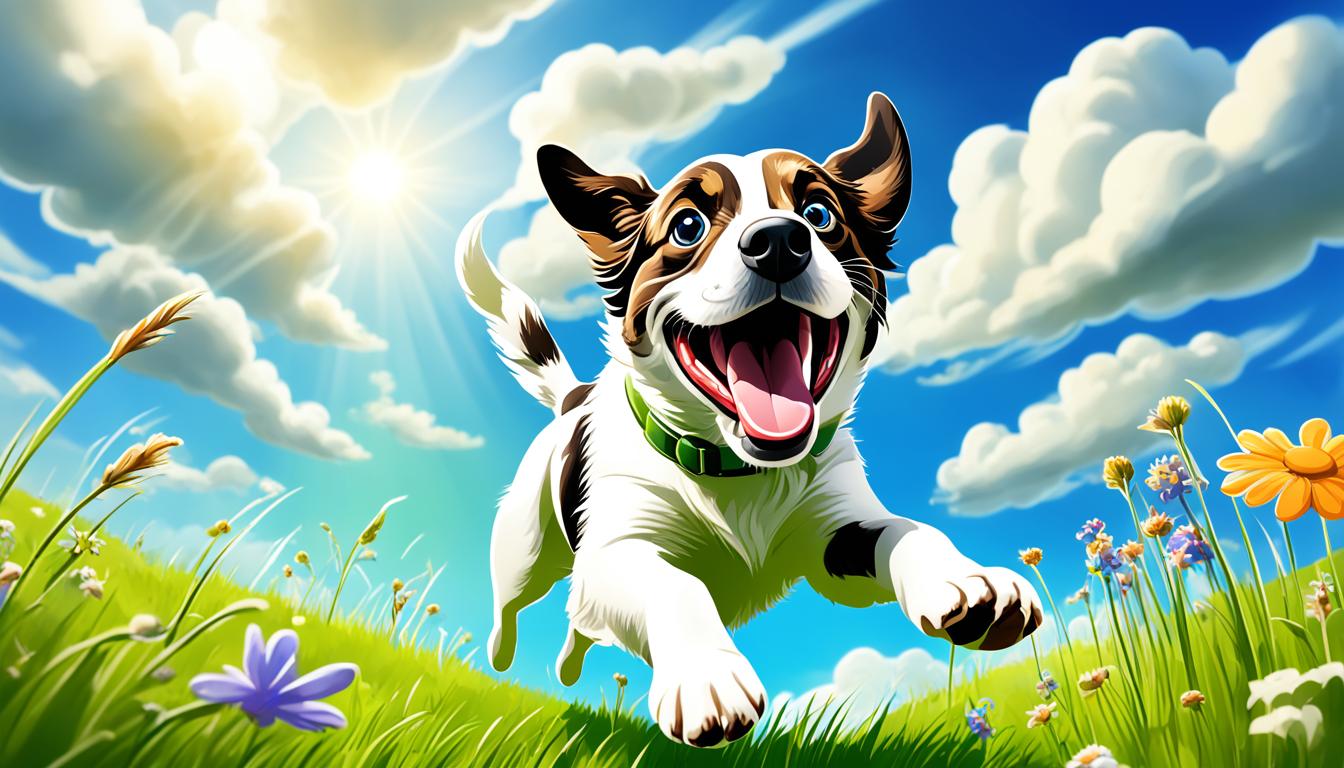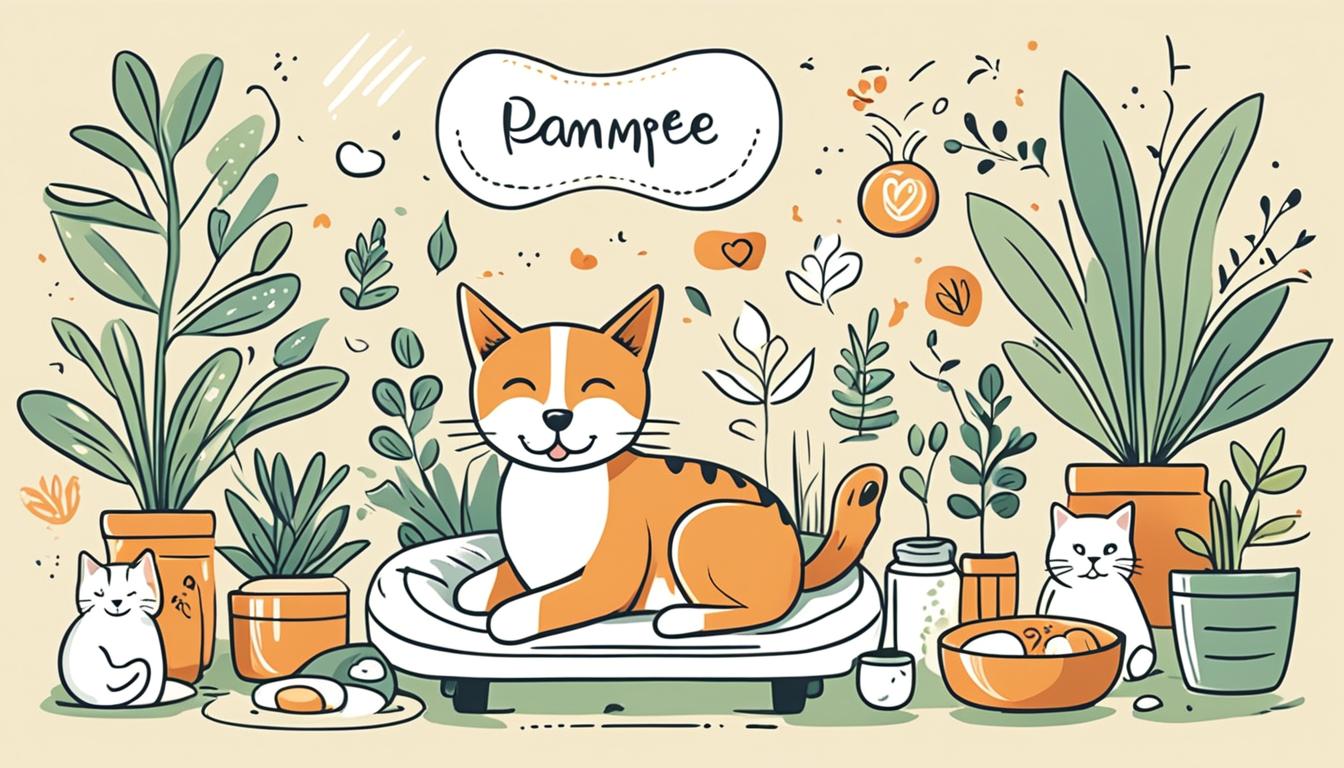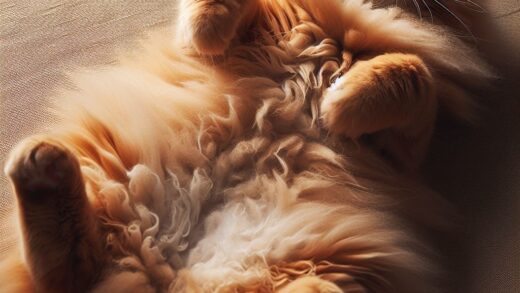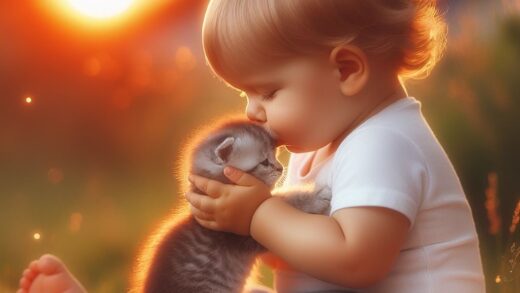Cat Fur Patterns: Clues to Cat Personalities
Cat fur patterns are products of evolution and serve varied purposes. Tabby patterns, common in domestic cats, may influence personality traits. Uncommon patterns, seen in exotic breeds, align with specific behaviors. Genetic mutations and environmental factors shape these patterns. Selective breeding has further influenced modern fur designs. Breed associations also link specific patterns to personalities. Additionally, geographical variations play a role in the diversity of cat fur patterns, reflecting adaptations to different climates. Each pattern may offer insights into the unique personalities of our feline companions.
Key Takeaways
- Tabby patterns may indicate playful and social personalities in cats.
- Unique fur patterns in exotic breeds can suggest specific temperament traits.
- Coat color associations in different breeds offer insights into feline behaviors.
- Geographical variations in fur patterns reflect adaptations and environmental influences.
- Understanding genetic mutations behind fur patterns can provide clues to cat personalities.
Evolution of Cat Fur Patterns
Throughout the evolutionary history of felines, cat fur patterns have undergone significant adaptation to serve as effective camouflage in various environments, with different patterns emerging to suit the diverse habitats they inhabit. Selective pressures, such as predation and environmental factors, have played a crucial role in shaping these patterns over time.
Cats with camouflage adaptation, like tabby, calico, and tortoiseshell patterns, were more likely to survive and pass on their genes, contributing to the prevalence of these patterns in the feline population. Genetic mutations further enhanced the diversity of fur patterns, allowing cats to blend into their surroundings and increase their chances of survival.
Understanding how these patterns evolved provides insight into the intricate relationship between cats and their environments.
Purpose and Functionality of Patterns
The purpose and functionality of cat fur patterns extend beyond aesthetics, encompassing essential roles in regulating body temperature, providing protection, and facilitating communication within the feline species.
- Temperature Regulation: Cat fur patterns aid in insulating the body, helping cats stay warm in colder environments and cool in hotter climates.
- Protection: Certain patterns like camouflage can help cats blend into their surroundings, offering a defense mechanism against predators.
- Pattern Communication: Cats use their fur patterns as a means of non-verbal communication with other cats, conveying information about their mood, intentions, and social status.
- Species Identification: Specific fur patterns are associated with different breeds, allowing for easy recognition and classification within the feline species.
Common Cat Fur Patterns
Evaluating the prevalence of cat fur patterns reveals that the tabby pattern stands out as the most commonly observed among domestic felines. This pattern, characterized by stripes, swirls, or spots, is a product of intricate color genetics.
The tabby pattern is not only visually appealing but also holds interesting behavioral correlations. Studies suggest that cats with tabby patterns may exhibit specific personality traits, such as being outgoing, friendly, and adventurous. Understanding the genetic basis of common fur patterns like tabby can provide insights into the hereditary factors influencing cat personalities.
Uncommon Cat Fur Patterns
Exploring the realm of less frequently observed cat fur patterns unveils a diverse array of genetic variations that manifest in unique and striking coat designs. Uncommon cat fur patterns often align with specific personality traits, offering insights into a cat’s temperament and behavior.
These exotic breeds showcase a blend of genetic and environmental influences, resulting in captivating fur patterns that set them apart from more common feline coats. Some of these rare patterns include:
- Marbled fur patterns associated with independent and mysterious personalities
- Rosette patterns found in breeds known for their playful and social nature
- Spotted fur patterns linked to active and energetic cat breeds
- Mosaic patterns reflecting a harmonious blend of different personality traits
These uncommon fur patterns not only add to the visual appeal of cats but also provide clues to their distinctive personalities.
Genetic and Environmental Influences
Genetic variations and environmental factors intricately interact to shape the diverse array of fur patterns observed in domestic cats. Genetic mutations, such as those affecting pigment production or distribution, can lead to unique patterns like tortoiseshell or calico. These mutations are inherited and passed down through generations.
Additionally, environmental influences, such as the need for camouflage adaptation in different habitats, can play a role in shaping fur patterns. Cats in the wild may develop patterns that help them blend into their surroundings, providing a natural advantage for hunting or avoiding predators.
Understanding how genetic mutations and environmental pressures contribute to the development of cat fur patterns provides insight into the complex interplay between nature and nurture in shaping feline appearances.
Role of Selective Breeding
Selective breeding practices have significantly shaped the modern cat fur patterns seen in domestic felines today, influencing the diversity and distinctiveness of their coat markings. This impact of selective breeding can be observed through various mechanisms:
- Selective breeding impact: Breeders have intentionally selected cats with specific fur patterns to propagate those traits in subsequent generations.
- Unique fur mutations: Through selective breeding, unique fur mutations that may not occur naturally have been developed in certain cat breeds.
- Historical breeding practices: The historical practices of selectively breeding cats with desired coat patterns have led to the wide range of fur patterns we see today.
- Genetic manipulation: Selective breeding has allowed breeders to manipulate genes responsible for fur color and pattern to create new and distinctive coat variations.
Cat Fur Patterns and Breed Associations
Through centuries of domestication and breeding, specific cat fur patterns have become closely associated with distinct breeds, reflecting a long history of genetic selection and specialization.
Different breeds exhibit unique coat coloration, which is often linked to specific personality traits. For instance, the Siamese breed is known for its pointed pattern with darker fur on the extremities and is associated with traits such as vocalization and social behavior.
On the other hand, the tuxedo cat breed, characterized by black and white fur resembling a tuxedo, is often linked to playful and affectionate personalities. Understanding these breed associations based on coat coloration can provide insights into the potential personality traits of individual cats.
Geographical Variations in Patterns
The distribution of cat fur patterns can exhibit variations across different geographic regions, reflecting adaptations to local environmental conditions.
- Geographical adaptations play a significant role in shaping cat fur patterns.
- Regional variations influence the prevalence of specific patterns such as tabby or calico.
- Cats in colder regions may have denser fur patterns for insulation.
- Cats in arid regions might exhibit lighter fur colors to reflect sunlight and regulate body temperature.
Frequently Asked Questions
Can Cat Fur Patterns Change Over Time as a Cat Ages or Experiences Health Issues?
Fur color changes in cats can occur with aging or due to health issues, leading to variations in patterns. While genetic factors primarily determine fur patterns, external influences like age-related pigmentation changes or health-related alopecia can alter a cat’s fur appearance.
Are There Any Superstitions or Beliefs Tied to Specific Cat Fur Patterns in Different Cultures?
Various cultures have specific beliefs and superstitions tied to cat fur patterns. These patterns are often seen as symbols of luck, protection, or even spiritual significance. Folklore surrounding cat patterns reveals rich cultural interpretations and traditions.
How Do Cat Fur Patterns Influence the Grooming Habits of Cats?
Cat fur patterns influence grooming habits akin to individualized routines. Genetic factors underlie grooming preferences with color variations playing a role. Understanding the interplay between genetic makeup and grooming routines sheds light on cats’ distinctive care behaviors.
Is There a Correlation Between Cat Fur Patterns and Certain Personality Traits or Behaviors in Cats?
Research suggests a correlation between cat fur patterns and certain personality traits or behaviors, influenced by color psychology and genetic factors. Patterns like tabby may indicate playfulness, while calico could suggest independence.
Do Cat Fur Patterns Have Any Impact on the Way Cats Interact With Other Animals or Humans?
Genetic factors influence cat fur patterns, not directly tied to behavior but can impact socialization. Environment, socialization, and genetics collectively shape a cat’s interactions. While fur patterns are not sole determinants, they can subtly influence feline behavior.
